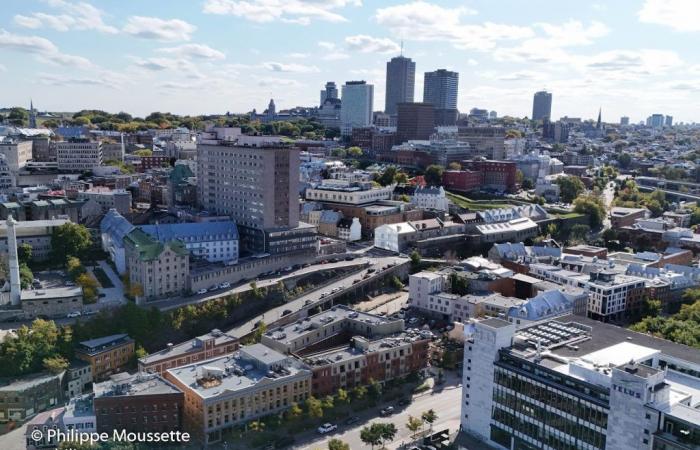The Quebec Statistics Institute today published its Demographic outlook for Quebec and its regions, 2021-2071an analysis revised in depth every five years following the censuses. This report provides projections on the evolution of the population based on various fertility, mortality and migration scenarios (interregional, interprovincial and international).
By Alexandre Morin
The population of the Capitale-Nationale is expected to grow by 30% by 2051 to reach 990,600 inhabitants. According to ISQ data, the Quebec region would record the strongest demographic growth, followed by the Laurentides (+27%) and Estrie (+24.5%).
In absolute terms, Montérégie would experience the greatest gain with 330,000 new inhabitants, followed by the Capitale-Nationale with 228,000, and the Laurentians with 173,000. Estrie, Lanaudière and Chaudière-Appalaches would also see their population increase by more of 100,000 people each by 2051.
Despite a slowdown in growth, the island of Montreal would remain the most populated region in 2051, with 2.08 million inhabitants.
More young people in Quebec
The Quebec region will not only experience an increase in its population, but also an increase in the proportion of 0-19 year olds. Indeed, the strongest growth in this age group between 2021 and 2051 is expected in the Capitale-Nationale (+31%), followed by Centre-du-Québec (+25%). In other regions, this increase will vary from 22% in Mauricie to 5% in Nord-du-Québec, where the number of young people in 2051 will be higher than in 2021.
The share of 0-19 year olds should therefore increase from 19.6% in 2021 to 19.8% in 2051 in Quebec.
The proportion of people aged 65 and over would remain lower in the regions of Nord-du-Québec (14%), Montreal (21%) and Capitale-Nationale (23%) compared to the provincial average (24 %). In 2051, the average age in Quebec should reach 44.7 years, while it would be 43.9 years in the National Capital.
2071
According to the scenarios analyzed, the population of Quebec in 2071 should be between 8.2 and 13.1 million people, with a reference scenario projecting approximately 10.6 million. Although the population continues to grow, significant demographic challenges remain.
Aging, workforce renewal, structural changes and the regional distribution of the population are all issues that Quebec will have to face. In recent years, the question of housing and the climate crisis have also been added to the growing concerns of demographers and researchers studying the social dynamics linked to demographic change.
For more details regarding the ISQ’s outlook, consult the government agency’s website.
Subscribe to our monthly newsletter!
https://share.hsforms.com/1eb6rmZyPQOmmnqVJPGZajQ46p63
I like this:
I like loading…






